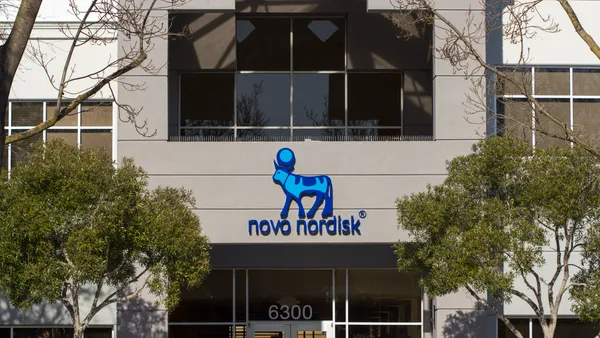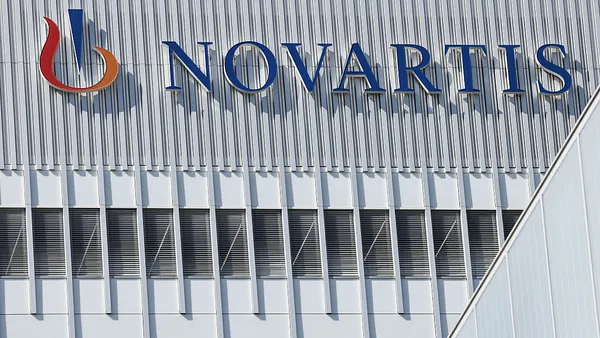Whether we are discussing clinical studies or creative executions, there is a bit of artistry that is involved in executing the science. This concept is perfectly captured by two of this month’s feature articles. This month’s Forum, which discusses the evolving role of the clinical project manager, captures the nuances of a steadily evolving and maturing job function. No longer are project managers just the conduits through which data flow, but they must creatively construct a clinical study platform that encompasses many more studies, multinational projects, and team members who represent a wide variety of functions within the organization. PharmaVOICE Managing Editor Denise Myshko’s interviews with seasoned thought leaders reveal that project managers are expected to take ownership of a project from the beginning and provide leadership through the development process and deliver studies on time and on budget. This evolution is cited by Mary Callahan-Squire, executive director, U.S. clinical project coordination, AstraZeneca US, who says there is acknowledgement that project management is a core capability for the pharmaceutical industry. “Project management, however, still has a way to go in terms of being a mature function, but the pace is certainly accelerating rapidly,” she says. “There are so many pressures on the industry to deliver development projects in a timely and cost-effective fashion. Project management is focused on achieving that. We’re looking to groom the next generation of project managers within clinical development; their ability to integrate delivery across a number of boundaries is going to become much more important. Our project managers of the future will move from just overseeing projects delivered internally to also overseeing projects delivered by any number of external partners and alliance partners.” Michael Bilello, VP of operations, at Inclinix Inc., has a slightly different point of view. While he agrees that project managers’ skills are evolving, they are moving from being mostly clinically focused toward being more business oriented. His evaluation is that the role involves a balance of science and business. On the flip side of the coin from clinical study development and orchestration is the end result of those trials: promotion and advertising of the brands. In this first ever roundtable featuring some of the industry’s leading creative minds, the recognition and appreciation for the need to blend art and science becomes very clear. These innovative thinkers are at the forefront of communicating complex scientific data in an artful and creative way to draw the attention of, and provide education for, physicians, patients, and others involved in the healthcare continuum. To this point, Rafael Holguin, senior VP, design director, at Palio Communications, says “although many would argue that we are in the business of changing behavior, I would say we are in the business of medical awareness and informing people about healthcare solutions.” Developing that awareness and information for a creative execution requires market insights, scientific data, and ingenuity. For Steve Hamburg, partner and chief creative officer at Wishbone/ITP Inc., the creative process is like an aircraft: built of mechanics and logic, but possessed of something mystical and magical too. I believe Mr. Hamburg’s analogy succinctly sums up the process for both clinical and creative development: a lot of logic and little bit of luck too. Taren Grom Editor Finding the right balance of science and art can lead to exciting clinical developments as well as outstanding creative executions. Letter from the Editor April 2007
An article from











